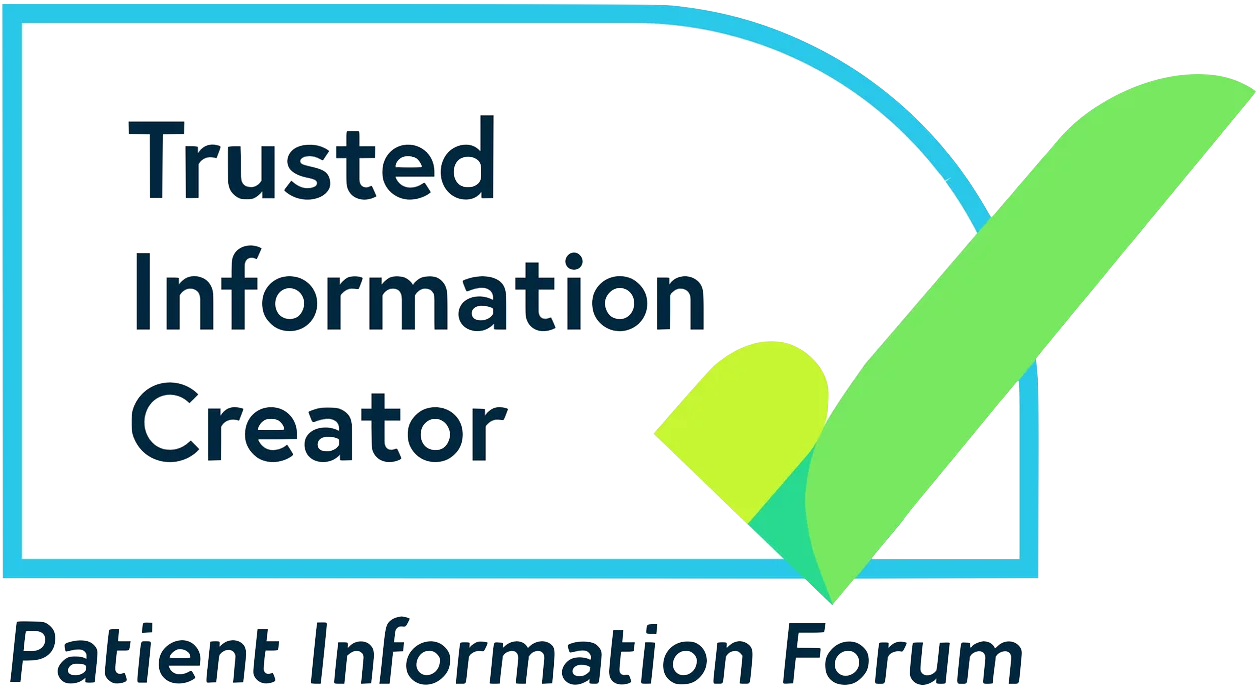If you would like to talk to someone about epilepsy, our trained advisers are here to help.
What would you like to find out about today?
Who gets epilepsy with generalised tonic-clonic seizures alone (GTCA)?
Epilepsy with generalised tonic-clonic seizures alone (GTCA) usually starts in older children or young adults, normally between the ages of 10 and 25. It is thought that up to 1 in 100 of all people with epilepsy may have GTCA.
People who develop GTCA don’t usually have any history of health problems although around 1 in 7 may have had febrile seizures in early childhood. Some people who develop GTCA may have a mild learning difficulty or ADHD (attention deficit hyperactivity disorder).
GTCA is part of a group of epilepsy syndromes called ‘idiopathic generalised epilepsies’ (IGEs), or genetic generalised epilepsies (GGEs) which all have a strong genetic link. ‘Idiopathic’ means the cause of the condition is not known. The other syndromes in this group include:
There is often some overlap between these syndromes. GTCA is the least common of this group.
Around 1 in 10 people with GTCA have a family history of epilepsy, which might be a different type of IGE or GGE.
This syndrome used to be called ‘Epilepsy with grand mal seizures on awakening’, to describe the fact that the seizures nearly always happen very soon after waking up. Tonic-clonic seizures used to be called grand-mal seizures.
Symptoms
People with this syndrome only have generalised tonic-clonic seizures. With this type of seizure, the person stiffens (the tonic part), falls unconscious and then makes repeated and rhythmic jerks with their arms or legs (the clonic part). A generalised seizure means both sides of the brain are affected from the start.
In GTCA, the seizures most often happen in the first 2 hours after waking up. However, they can happen at any time during sleep or when awake.
Most people with GTCA don’t get seizures very often – sometimes only once a year. There are certain things that may act as triggers for seizures. These include lack of sleep, feeling stressed, or drinking large amounts of alcohol.
People with GTCA are very unlikely to have other types of seizures like absence, myoclonic or focal seizures.
Diagnosis
Children and teenagers should see a specialist doctor called a paediatrician for an assessment after having a seizure. Adults will see a specialist in diagnosing and treating epilepsy. The specialist will want to know exactly what happens when you or your child have a seizure. If you have a video recording of the seizure, this can be useful to show the doctor.
The specialist is likely to recommend a number of tests to confirm a diagnosis. This will include an EEG (electroencephalogram). An EEG looks at electrical activity in the brain. In someone with GTCA, it will usually show unusual activity. Sometimes the doctor will suggest doing the EEG when you or your child are very tired or even asleep. The unusual pattern on the EEG is more often seen during sleep or just after waking up. Some people with GTCA may also be sensitive to flashing or flickering lights, and this may show up on the EEG too. This is called photosensitivity.
Brain scans, such as MRI, and genetic tests aren’t usually needed to diagnose GTCA. But your doctor may recommend them if the diagnosis is uncertain.
Treatment
Epilepsy medicines usually work well to control the seizures in GTCA. Your doctor may prescribe one or more of the following medicines:
- Sodium valproate
- Lamotrigine
- Levetiracetam
- Topiramate
- Zonisamide
- Perampanel
- Lacosamide
Sometimes the doctor may need to try different medicines to get the seizures under control, and sometimes they may need a combination of two medicines.
Sodium valproate can harm an unborn baby if taken during pregnancy. For this reason, doctors won’t usually prescribe it for anyone who is able to get pregnant, or may do in the future. They will usually suggest an alternative medicine. If they do recommend treatment with sodium valproate, they will discuss the risks and benefits first.
Information about treatments for children can be found on the Medicines for Children website.
Your doctor will give you advice on what to do if you or your child has a tonic-clonic seizure. We also have information on First aid for tonic-clonic seizures.
Outlook
People with GTCA have a good long-term outlook. Seizures usually respond well to treatment with epilepsy medicines. You or your child may need to keep taking medicines throughout their life, because seizures may start again if the medicine is stopped. Only a few people with GTCA will have mild learning or attention difficulties. Your doctor can advise on support available for this if needed.
Support
Contact – for families with disabled children
Freephone helpline: 0808 808 3555
Email: helpline@contact.org.uk
More epilepsy syndromes
Here to support you
Send us your question
Send a question to our trained epilepsy advisers. (We aim to reply within two working days).


